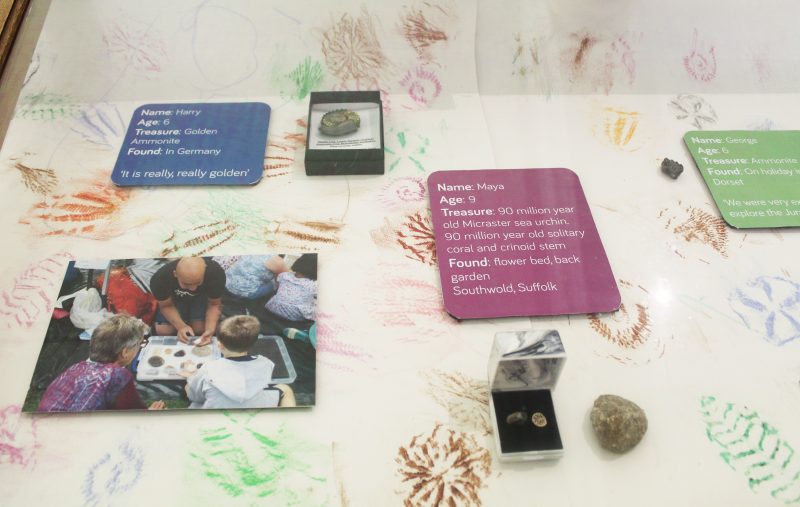Read on for a selection of autumn highlights from across the University of Cambridge Museums…
Exhibitions
Happy Birthday Whipple Museum!
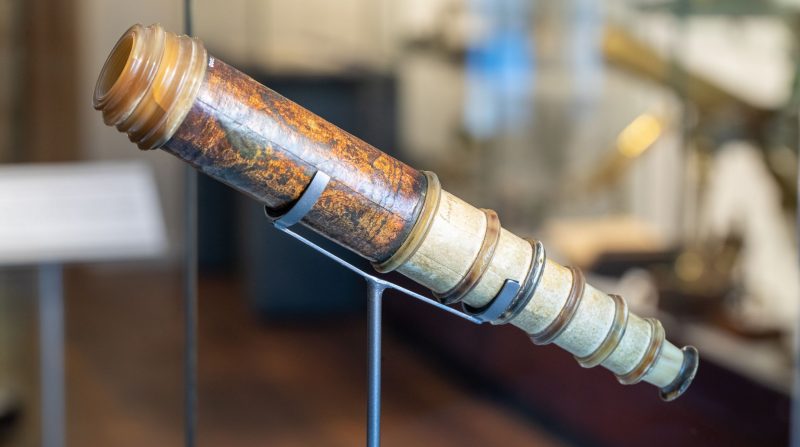
75 years ago Robert Whipple donated his extraordinary collection of scientific instruments to the University of Cambridge, and the Whipple Museum of the History of Science was born. The Whipple is celebrating in style with an exhibition of the founding collection (on until Summer 2020), and a research publication, available free via open access.
Feast & Fast
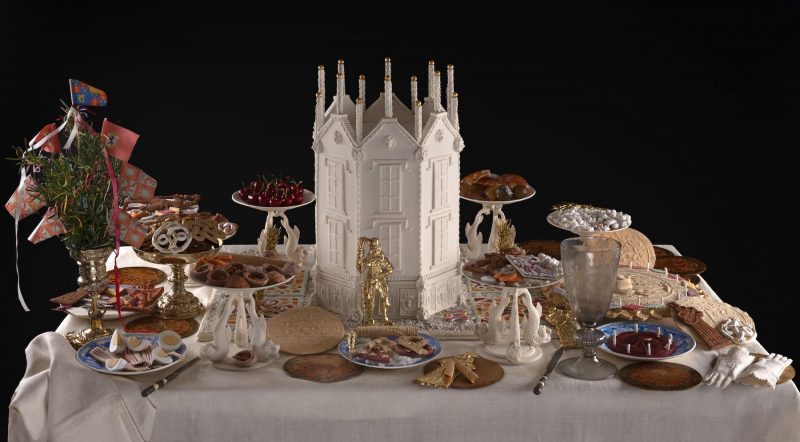
Food defines us as individuals, communities, and nations: we are what we eat and, equally, what we don’t eat. When, where, why, how and with whom we eat are crucial to our identity. The Fitzwilliam Museum’s Feast & Fast: The Art of Food in Europe, 1500-1800 opened on 26 November, with coverage in The Times, The Spectator, The Telegraph, Country Life, The Cambridge Independent. The multi-sensory exhibition presents novel approaches to understanding the history and culture of food and eating, and includes new works by artists from Rowan, Cambridge’s art centre and charity for people with learning disabilities. Find out more in the exhibition video:
A flamboyant pineapple by contemporary artists Bompas & Parr is now in place on the front lawn to welcome visitors.
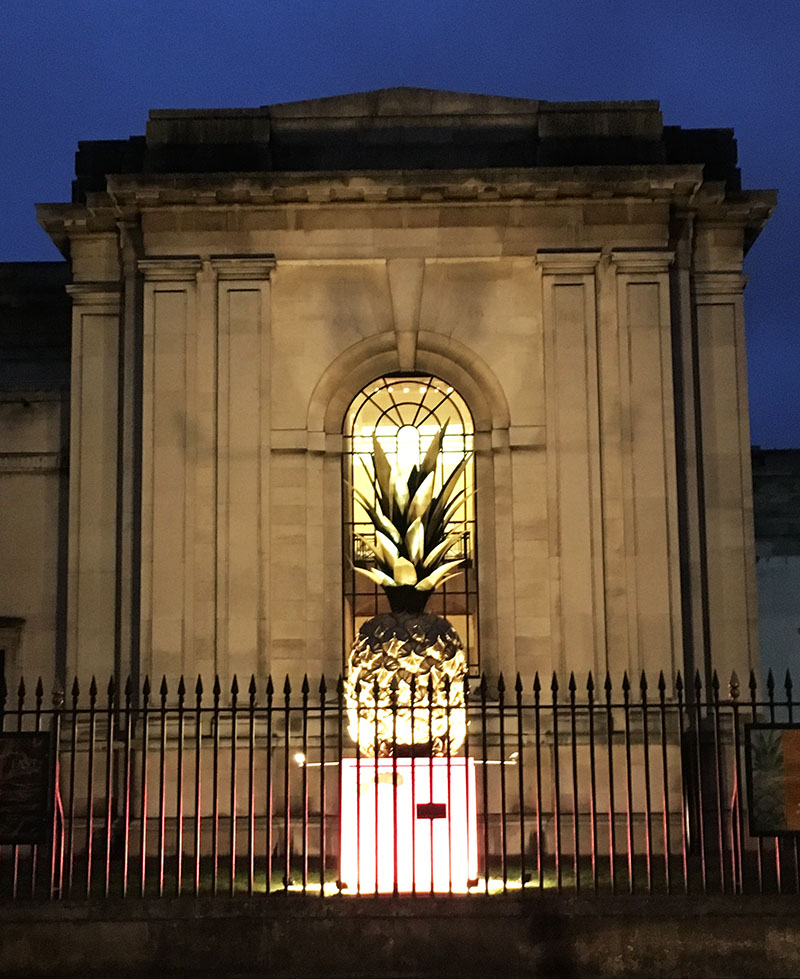
Walking on Thin Ice
Over at the Polar Museum, 12 teenage co-curators take up the mantle of climate activism in Walking on Thin Ice, which opened on 30 November.
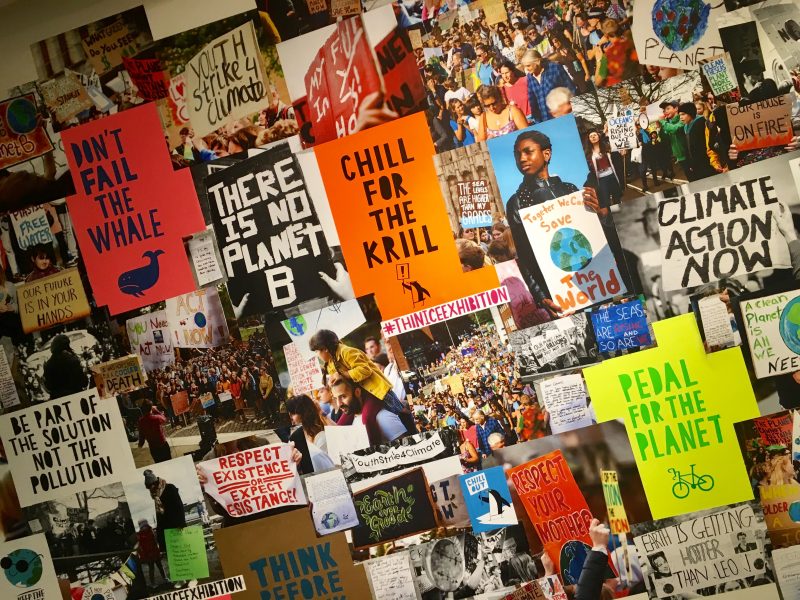
The exhibition explores climate change, including current research, stories of empowerment and hope for the future, reflecting the co-curators’ conviction that it should not upset people, but educate them in up-to-date scientific facts and encourage them that cooperation is the way forward. The co-curators developed their approach to the exhibition during a week long widening participation summer school, in partnership with Selwyn College.
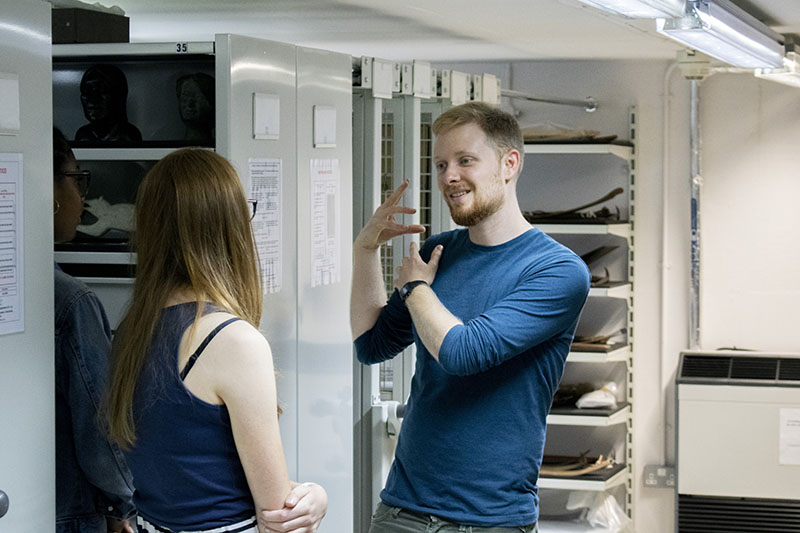
Find out more about the exhibition and summer school
Inspire: when 4,000 primary school children met the Renaissance
Inspire (10 December – 22 March) is the first public exhibition of children’s creativity at the Fitzwilliam Museum. The numbers behind the project are truly astonishing: in the lead up to the exhibition, the museum worked with more than 60 teachers from 40 primary schools across Cambridgeshire, delivering artist-led CPD (continuing professional development) sessions to support the teachers to think about how they could take Jacopo del Sellaio’s painting Cupid and Psyche as the starting point for cross-curricular exploration and art making.
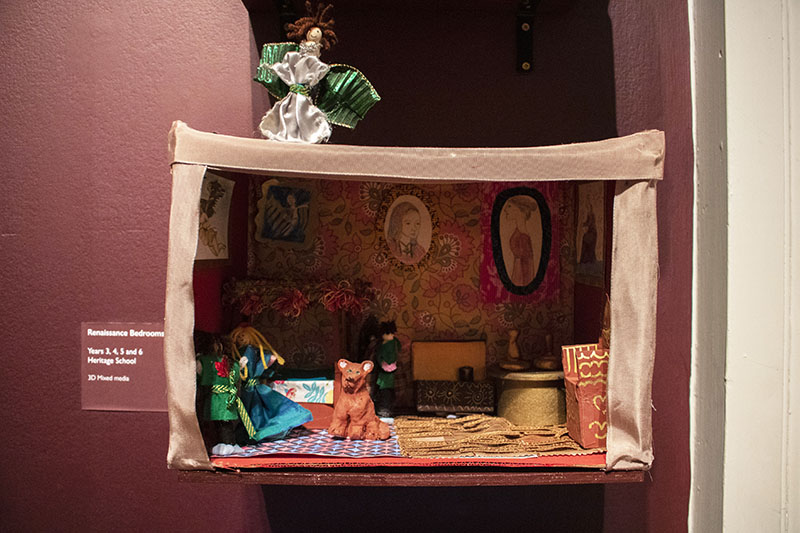
Over 500 pupils visited the museum to see the painting, and almost 4,000 took part in related projects at school. 30 schools submitted work, and a selection made for an exhibition in the museum’s Octagon Gallery.
Inspire is a deliberate response to concerns about arts being pushed out of the school curriculum, and the lack of access to specialist arts training for teachers. It’s a public celebration of the importance of children’s creativity and access to culture in the region.
Oceania and onwards
The acclaimed exhibition Oceania, a collaboration between the Royal Academy of Arts, London, and Musée du Quai Branly – Jacques Chirac, Paris, with the participation of the Museum of Archaeology and Anthropology (MAA) continued on its tour to the Museum Volkenkunde, Leiden. It received over 250,000 visitors during its successful runs in London and Paris, including 5000 holders of passports from Pacific states and territories admitted free of charge.
Oceania was underpinned by a sustained international research project and dialogue with source communities. A landmark in that dialogue was reached in the autumn, with MAA and the Hei Kanohi Ora Governance Group facilitating a significant loan of Māori taonga (treasures) to Tairāwhiti Museum and Art Gallery, Gisborne, Aotearoa New Zealand – the place where Captain James Cook and his crew acquired the objects during their first voyage. The taonga travelled with customary Māori protocols with karakia (incantations and prayers) to invoke spiritual guidance and protection. They were welcomed at the community meeting house, Te Poho o Rāwiri marae, before their transfer to the museum for the exhibition Tū te Whaihanga. Hei Kanohi Ora sees the exhibition as a legacy project “where we hope to establish and develop good relationships with the kaitiaki (guardians) of our taonga. This has already begun, as staff from Tairāwhiti Museum made a return visit to MAA in January to study the collection and share their practice.
Audiences asked, we delivered
“I’d like a tour like this at the Sedgwick dinosaur museum”, they said.
“I like science and I’m always on the lookout for more LGBTQ events,” they said.
Who were we to say no? Bridging Binaries LGBTQ+ tours launch across seven UCM museums in February, with the Sedgwick Museum of Earth Sciences, Whipple Museum and MAA joining the programme.
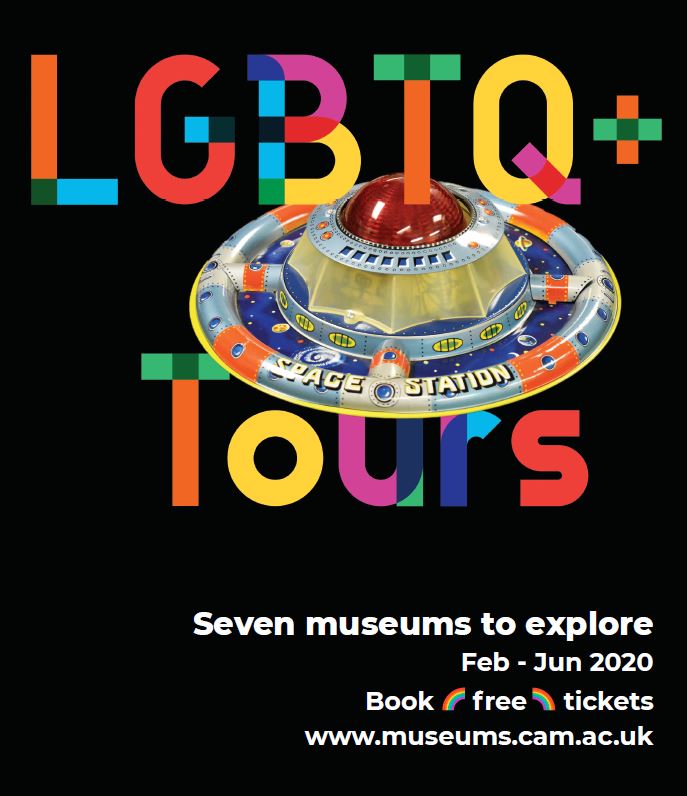
Behind the scenes, autumn saw researchers Dan Vo and Ellie Armstrong investigate the new collections, the recruitment of 14 new volunteer tour guides, and a refresh of the promotional material.
Collections
A Living Collections Strategy for the Botanic Garden
Cambridge University Botanic Garden is one of the largest University botanic gardens in the world. The living collections of cultivated plants comprise some 14,000 accessions and over 8,000 plant species distributed over the Garden’s 40 acre landscape. In November, the Garden launched its first ever Living Collections Strategy for 2020-30. The Strategy lays out how the Living Collections can continue to safeguard the world’s plant diversity within the wider global botanic garden network, while also driving the pursuit of excellence in research and teaching to help solve some of the world’s greatest issues such as climate change, food security and the production of medicines.
Mighty Medusa
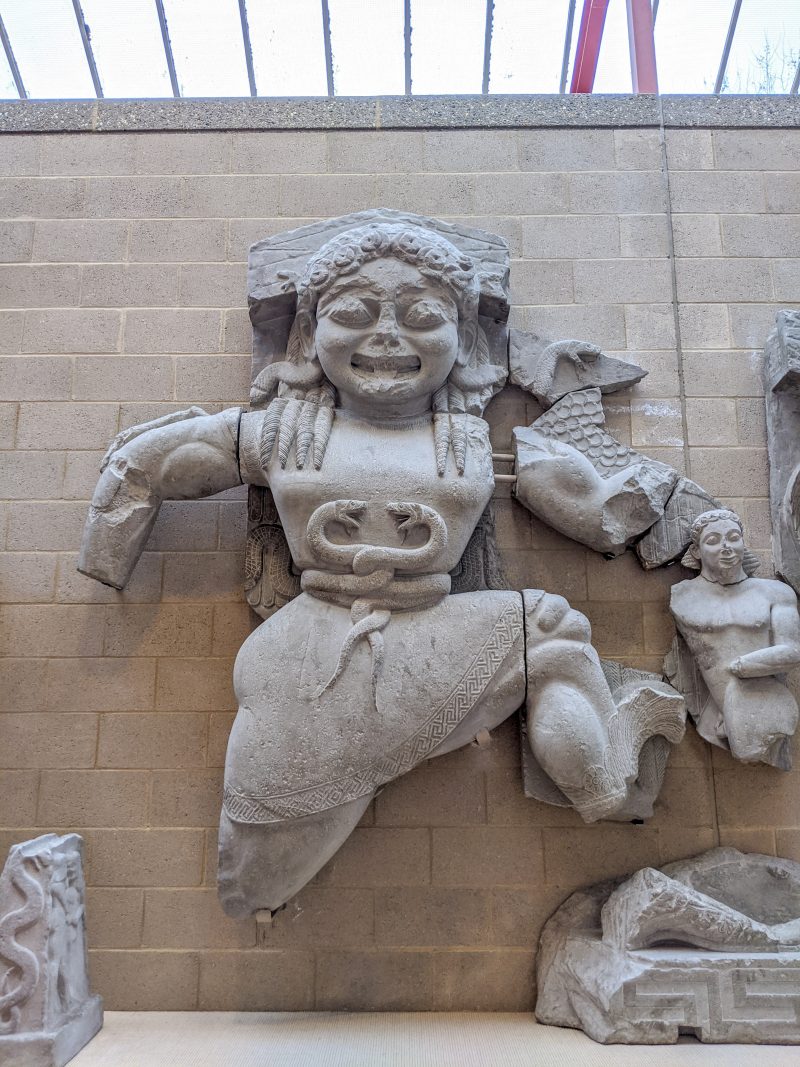
Standing at more than 3 metres tall, the Museum of Classical Archaeology‘s largest wall-mounted cast, Medusa, was reinstalled in November after off-site conservation work. Although a plaster cast replica of sculpture from the pediment of the Temple of Artemis at Corfu, it is a rare object in its own right and the only cast of this sculpture in the UK. Visitors were invited to watch the process in action as part of two Conservation Weeks.
Funds for the Forbes
The Sedgwick Museum of Earth Sciences was awarded £89,406 from the Designation Development Fund by Arts Council England, to support the development of the Forbes Collections Research Centre. The funding will enable the museum to create a world-leading centre for research into its exceptional collections of rocks and fossils, as well as opening up the collections to the public and local communities.
Watch a tour of the new Research Centre:
Points mean prizes
It’s not about the winning… but it does feel good. This quarter the Museum of Zoology was voted Cambridgeshire’s Museum of the Year in the large museum category at the inaugural Museums in Cambridgeshire (MiC) Awards. Meanwhile, MAA, the Sedgwick Museum, Polar Museum and Fitzwilliam Museum were all recognised in the Vice-Chancellor’s annual Research and Impact Awards (October); and Whipple and Zoology volunteer Zowie Sweetland received a regional Marsh Volunteers for Museum Learning Award.
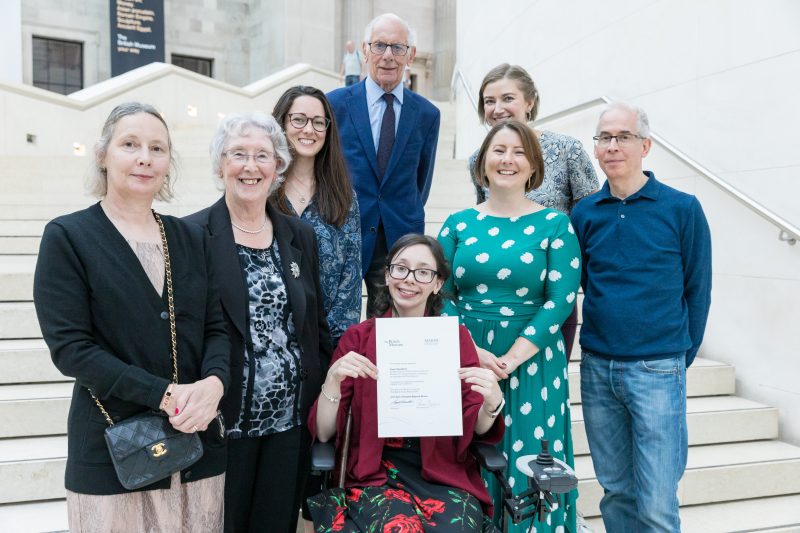
Opening Doors
The UCM’s Opening Doors Project creates opportunities for everyone and anyone to get involved in museum and Garden activities, including volunteering, work experience, apprenticeships and internships. The brand new Volunteer Makers platform went live in October, making it simple to find and sign up for opportunities across the UCM. It’s already reached its first year target of 300 volunteers signed up.
New volunteer roles
A range of new volunteer roles was introduced at the Museum of Zoology this quarter, including Catalogue Editing and Audience Research. The volunteer team is supporting museum staff to audit the mammal collections in the Vertebrate Store and update the collections database. This will ensure these collections are more findable by researchers and the general public. Over at the Sedgwick Museum, large-scale recruitment began for a new Collections Care volunteer role to support the rock collections move project.
Welcome Ella!
Ella Lange, the first ever UCM Events Apprentice, joined the central UCM Team in October. Ella’s apprenticeship is shared between the UCM Team and the Fitzwilliam Museum. In November, she and Niki Hughes, UCM Opening Doors Project Coordinator, set up a UCM stall at the East Cambridge Careers and Skills Fair in Ely, which was attended by over 1000 young people.
Children and Young People
“Just being in places like this raises our aspiration”
The UCM’s longstanding partnership with North Cambridge Academy enables the students to take part in Arts Award, work experience and other opportunities throughout their secondary school career. On the principle of “get em early”, in the autumn term all of NCA’s Year 7s achieved a Discover Arts Award, and, to celebrate their achievement, the students were welcomed back to the museum for a celebration event.
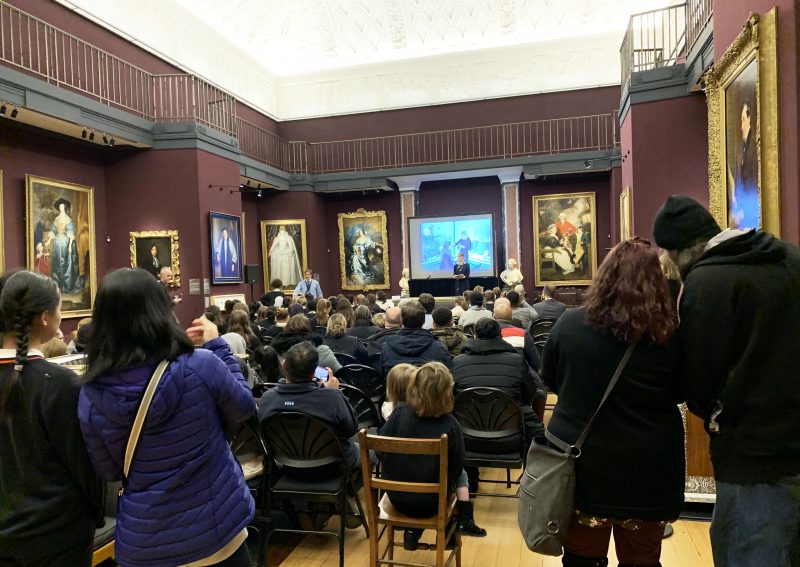
The evening included a performance by the school choir and a talk by two student Museum Ambassadors. They spoke passionately about “one of the best experiences of my life” and the skills, knowledge and confidence” gained as part of the programme. NCA’s Headteacher reflected to the gathering that “Just being in places like this raises our aspiration, raises our self-belief.”
Animal, animal, what do you say?
Eddington is Cambridge’s newest neighbourhood in north-west Cambridge. The Museum of Zoology is working with the new international community there to co-develop new early years resources. The first output of the project was the session “Animal, animal, what do you say?” in October, inspired by the different words for animal sounds in different languages. Children recorded audio content for a video tour around the Museum, which will be launched on YouTube.
Rock ChYpPS
Ever found an interesting fossil, and wondered what it was? The Sedgwick Museum’s Exhibitions Coordinator, Rob Theodore, could be spotted out and about last summer at Cambridge City Council’s ChYpPS (Children & Young People’s Participation Service) sessions in parks and recreation grounds, running a children’s fossil identification service. The museum’s Rock ChYpPS display (October-present) displays fossil finds from children who attended the ChYpPS sessions and brought along their finds to be identified. The children worked with Rob to write their own labels for their objects.
